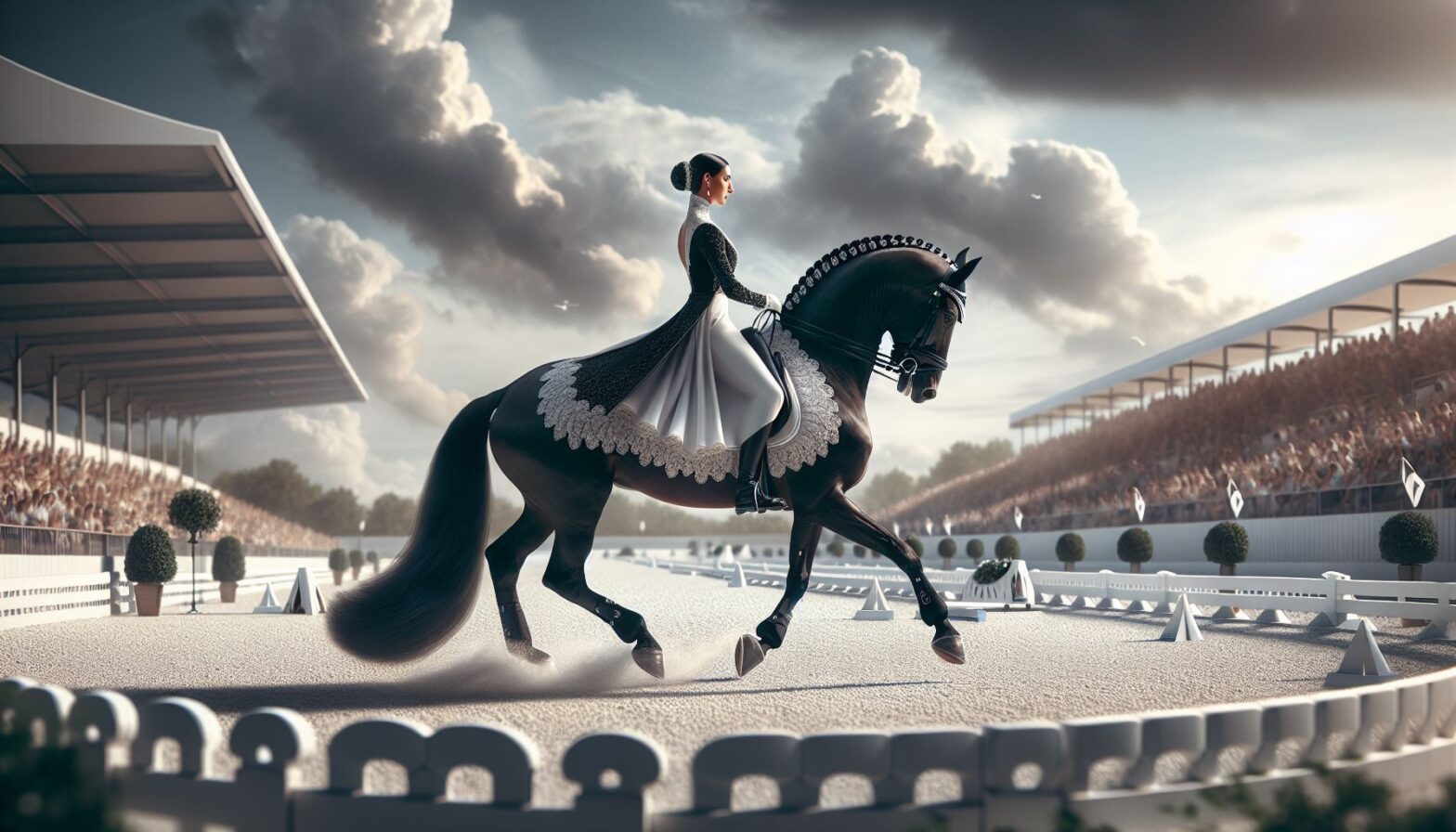If you’ve ever watched a dressage competition, you know how mesmerizing it can be. The precision, grace, and skill displayed by both horse and rider is truly something to behold. But what exactly is dressage, and why is it considered the epitome of equestrian sports? Let’s dive in and explore the world of dressage.
What is Dressage?
Dressage is a form of horse riding that is often described as the “ballet of equestrian sports.” In dressage competitions, horse and rider perform a series of predetermined movements, known as tests, with the goal of demonstrating harmony, balance, and precision. The movements range from simple transitions like walk to trot, to more advanced maneuvers like flying changes and piaffe.
The History of Dressage
The roots of dressage can be traced back to ancient Greece, where cavalry riders used precise movements to train their horses for battle. Over time, dressage evolved into a noble art form, popular among European aristocracy. In the 20th century, dressage became an official Olympic sport, further solidifying its status as one of the most prestigious equestrian disciplines.
The Training Process
Dressage horses are meticulously trained to respond to subtle cues from their riders. Training typically begins with establishing a solid foundation of obedience and responsiveness, before moving on to more complex movements. Dressage riders must have an incredible sense of feel and timing to communicate effectively with their horses.
The Importance of Rider Position
One of the key elements of dressage is the rider’s position. A good dressage rider maintains a straight back, relaxed arms, and steady hands, all while remaining in sync with the horse’s movement. The rider’s position is crucial for communicating with the horse and executing the movements with precision.
The Role of The Horse
In dressage, the horse is just as important as the rider. Dressage horses are selected for their athleticism, temperament, and willingness to work. A successful dressage horse must be able to move with grace and power, while also maintaining a calm and focused demeanor. The partnership between horse and rider is essential for achieving success in dressage competitions.
The Levels of Dressage
Dressage tests are divided into levels, ranging from Training Level for beginners, to Grand Prix for the most advanced riders. Each level has its own set of movements and requirements, with riders progressing through the levels as they gain experience and skill. Dressage is a sport that rewards dedication, hard work, and attention to detail.
The Beauty of Dressage
What sets dressage apart from other equestrian disciplines is its emphasis on harmony and partnership between horse and rider. Watching a skilled dressage pair perform is like watching a dance, with the horse moving in perfect harmony with its rider’s cues. The beauty and elegance of dressage is truly a sight to behold.
Conclusion
In conclusion, dressage is a captivating sport that requires skill, dedication, and a deep bond between horse and rider. Whether you’re a seasoned equestrian or just a casual observer, there’s no denying the beauty and artistry of dressage. So next time you watch a dressage competition, take a moment to appreciate the precision, grace, and connection between horse and rider that makes this sport so special.
